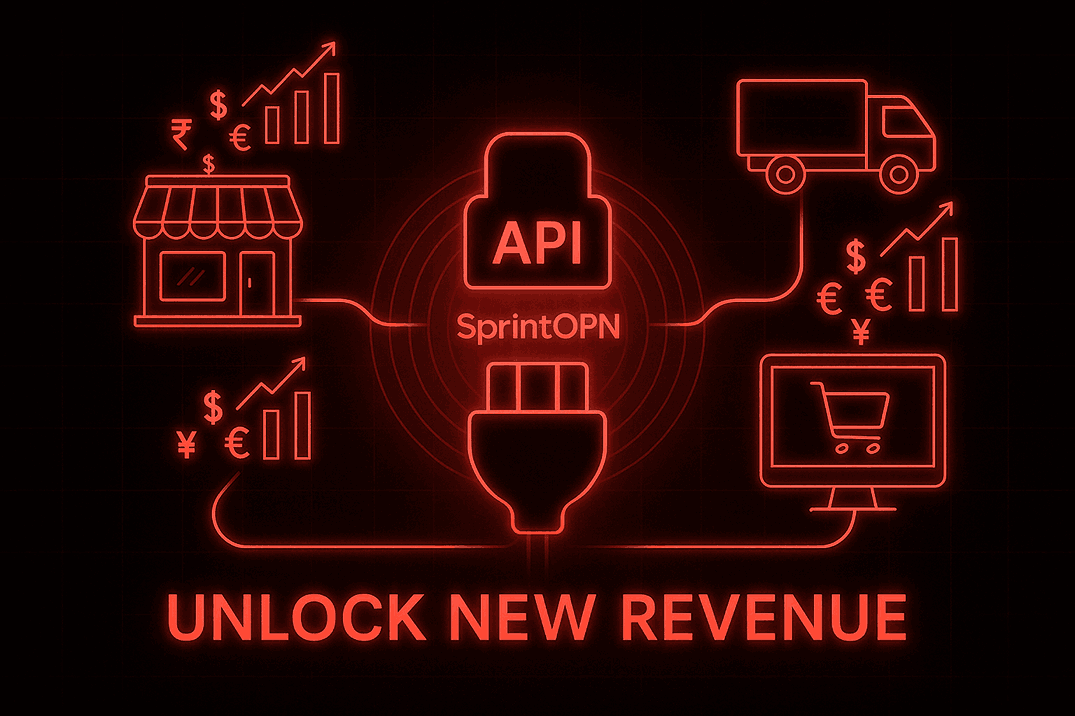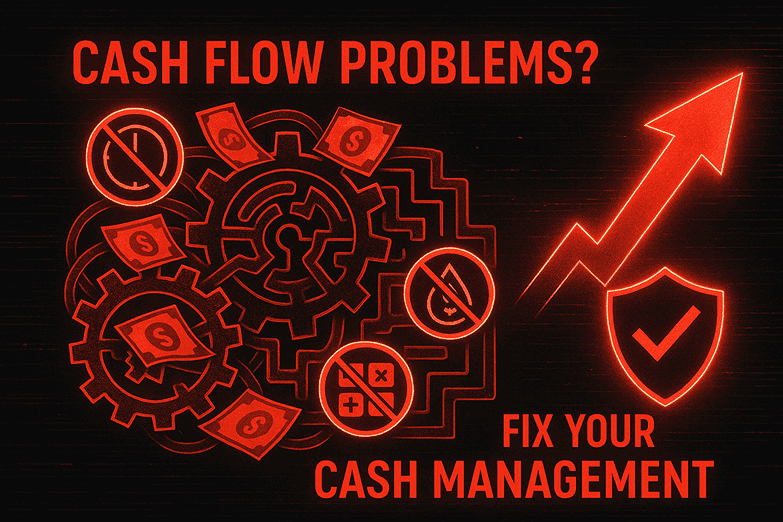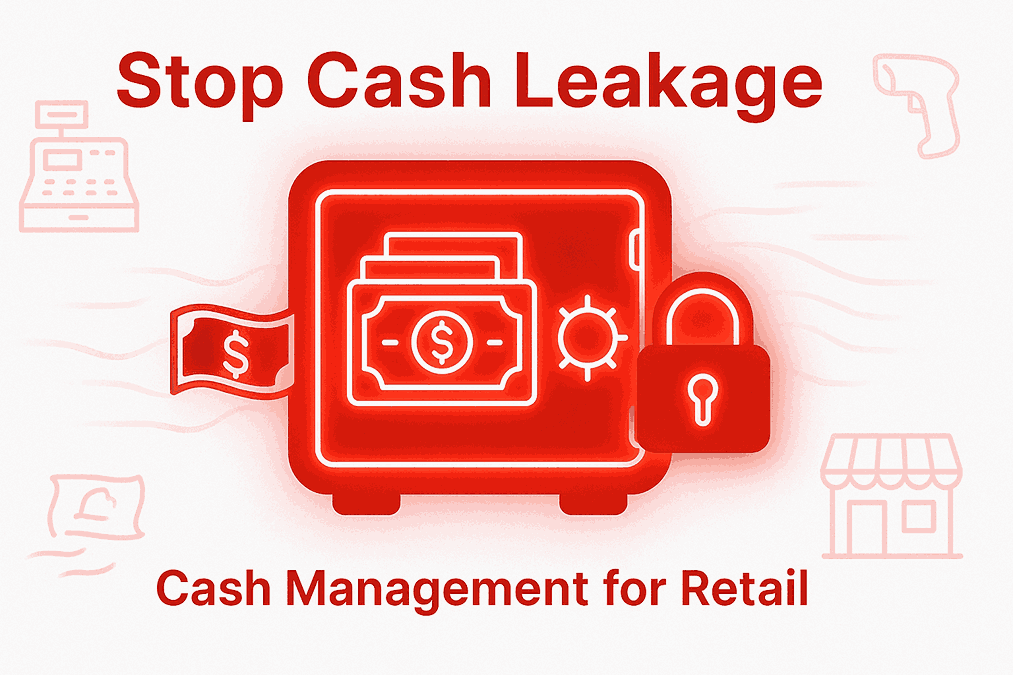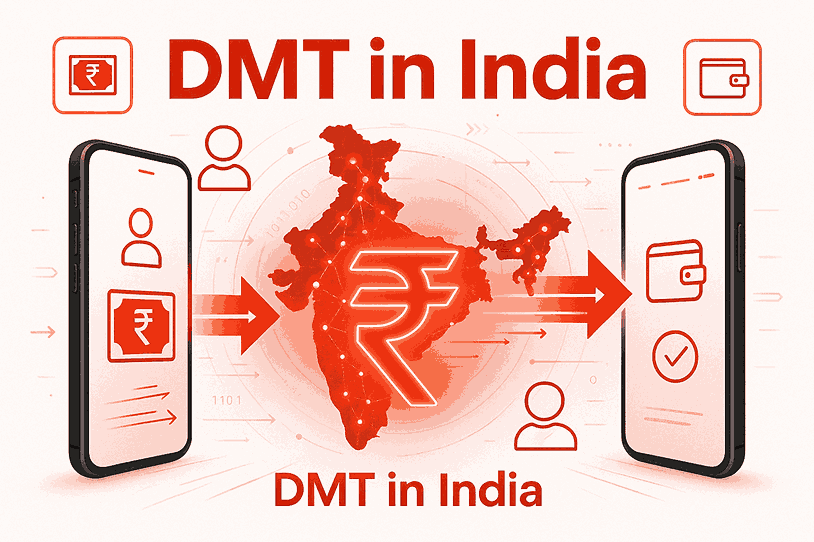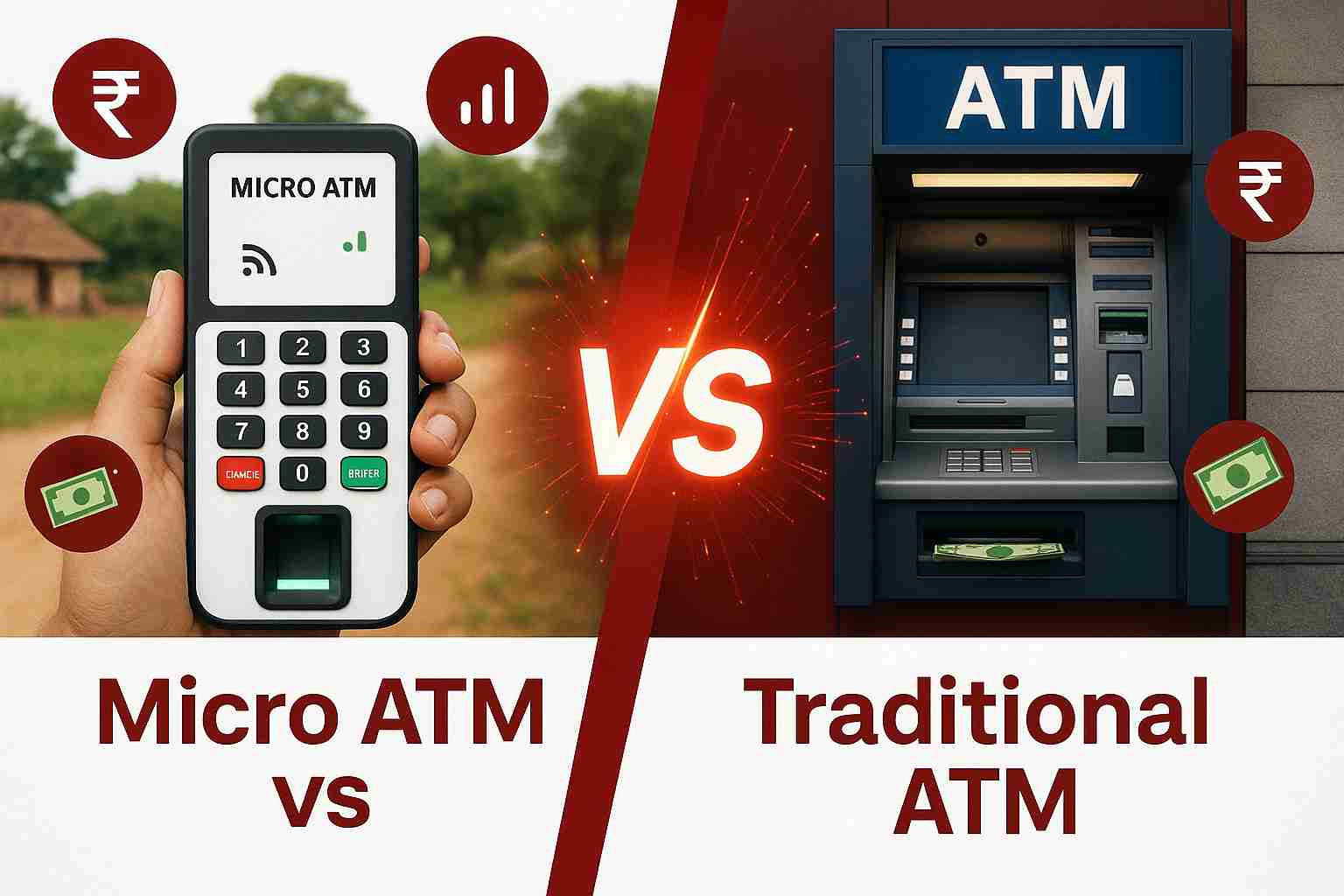Open Banking in Fintech: What is it and How Does it Work?
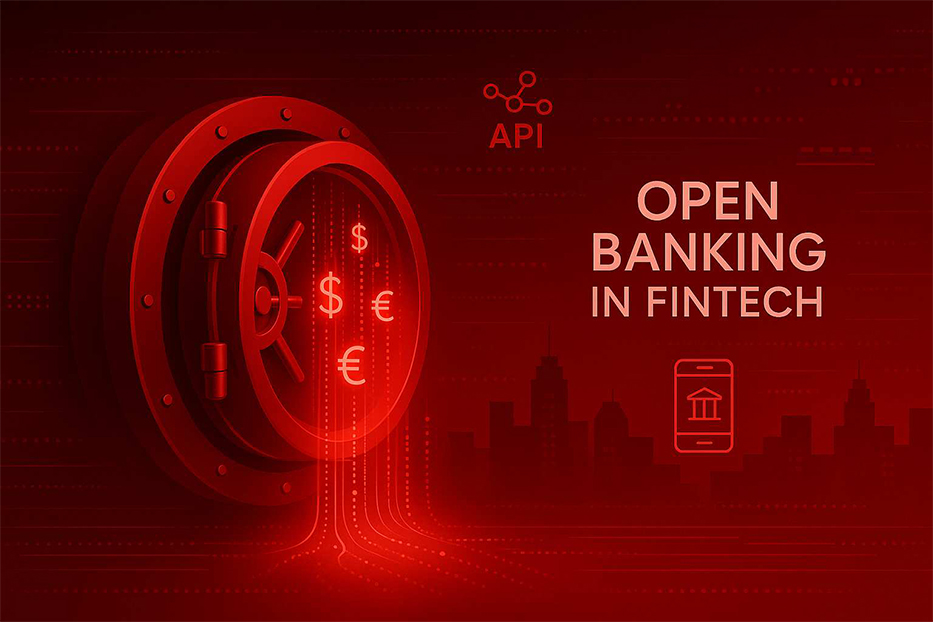
Open Banking allows banks and other
financial organizations to share client financial information with other banks
and approved organizations. The data shared by Open Banking can be used to
develop innovative financial services and products, like comparison tools and
personal finance management apps.
Table of Contents:
1.
What is Open Banking?
2.
What are Open Banking Payments?
3.
How Open Banking Works
4.
Benefits of Open Banking
5. Challenges
and Concerns
6. Open
Banking Payment vs. Traditional Payment Methods
7. Future
of Open Banking
8. Conclusion
9. FAQ
What is Open Banking?
Open Banking is a transformative approach to the financial
services industry. Banks and other financial institutions can share customer
information with third-party providers through Application Programming
Interfaces (APIs). This means consumers now have more control over their
financial data and can use it to access a wider range of services.
What are Open Banking Payments?
Open Banking Payment is a revolutionary approach to
financial transactions that enables customers to make payments directly from
their bank accounts through third-party applications. By leveraging APIs
(Application Programming Interfaces), Open Banking allows secure data
sharing between banks and authorized service providers, enhancing the
convenience and efficiency of payments.
Read also: Online Banking
How Open Banking Works
At its core, Open Banking uses technology to create a
secure environment for sharing financial data. Here’s how it generally works:
APIs: Banks provide secure APIs that allow other financial
service providers to access customer data after obtaining their consent.
1. Customer
Control: Customers can choose with whom they want to share their
data, giving them more control over their banking experience.
2. Third-Party
Providers: These can range from budget management tools to
payment services, which can analyze customer data to offer personalized
services and advice.
Related article: API Banking
Benefits of Open Banking
For Consumers:
1. Personalized
Services: Open Banking allows for customized financial products that
suit your individual needs and preferences.
2. Convenience:
Manage
various accounts and financial products from a single platform without needing
to log into multiple bank websites.
3. Better
Financial Choices: Access to various options including loans,
insurance products, and investment opportunities tailored to your financial
profile.
4. Informed
Decision-Making: With access to detailed financial data and
analytics, you can make better-informed financial decisions.
For Financial Institutions:
1. Innovation:
Open
Banking encourages banks to innovate their services and improve customer
experiences, enhancing their overall offerings.
2. Increased
Competition: By providing a platform for new entrants, banks
must compete on services rather than just pricing, potentially leading to
better options for customers.
3. Collaboration
Opportunities: Traditional banks have the opportunity to
partner with fintech companies to create new products and services, expanding
their market reach.
Challenges and Concerns
Despite its benefits, Open Banking faces various
challenges:
1. Data
Security
There are concerns around the security of personal data
shared with third parties. Banks and third-party providers must implement
stringent measures to protect sensitive information.
2. Regulatory
Compliance
Navigating the complex landscape of regulations governing
data sharing can be daunting for both banks and providers, requiring constant
updates and adherence.
3. Consumer
Awareness
Many consumers are still unfamiliar with Open Banking and
may feel apprehensive about sharing their financial data, highlighting the need
for education and transparency.
Open Banking Payment vs. Traditional Payment Methods
When comparing Open Banking Payments with traditional
payment methods, several key differences emerge:
|
Features |
Open Banking |
Traditional
Payment |
|
Transaction Speed |
Typically faster |
Can be slower due to
intermediary processing |
|
Fees |
Usually lower |
Often involves
higher transaction fees |
|
Data Sharing
|
Users control access
to their data |
Limited user control
over data security |
|
User Authentication |
Stronger,
multi-factor authentication is required |
Basic authentication
often suffices |
Future of Open Banking
The future of Open Banking looks promising as more
consumers and institutions recognize its advantages. Here are some key trends
to watch:
1. Increased
Adoption: As awareness grows, more consumers are likely to embrace
Open Banking, seeking its benefits.
2. Enhanced
Security Protocols: The industry will likely invest in advanced
security measures to address concerns over data privacy and security.
3. Broader
Services: We can expect more diverse products and services that
integrate financial data into daily life, enabling a seamless experience.
Conclusion: Open Banking
Open Banking is reshaping how we view and manage our
finances. By allowing for safe, controlled sharing of financial data, it
empowers consumers with better choices and personalized services. While
challenges remain, the benefits position Open Banking as a vital force in
the evolution of financial services. To stay updated on this transformative
trend, consider exploring the services offered by various providers and how
they can enhance your financial management experience.
If you'd like more insights on Open Banking and its
implications for your finances, don’t hesitate to contact us or share your
experiences below!
FAQs: Open Banking
Q1. What is meant by open banking?
Open banking is a financial services framework that enables
third-party service providers to obtain consumer data from conventional banking
systems via application programming interfaces (APIs).
Q2. Is UPI an example of open banking?
UPI is a strong example of open banking in action,
especially in payments, but it’s not full open banking like Europe or the UK,
where it covers broader financial services.
Q3. What are the risks of open banking?
Open banking presents certain risks, particularly as
fraudsters tend to exploit vulnerabilities in third-party providers that may
not possess the same level of fraud prevention measures and awareness as
traditional banks
Q4. Can open banking be trusted?
Yes, all participants in Open Banking must adhere to data
protection laws and obtain Financial Conduct Authority approval.
